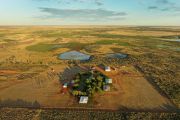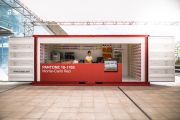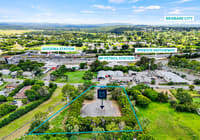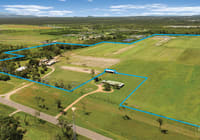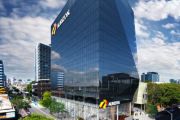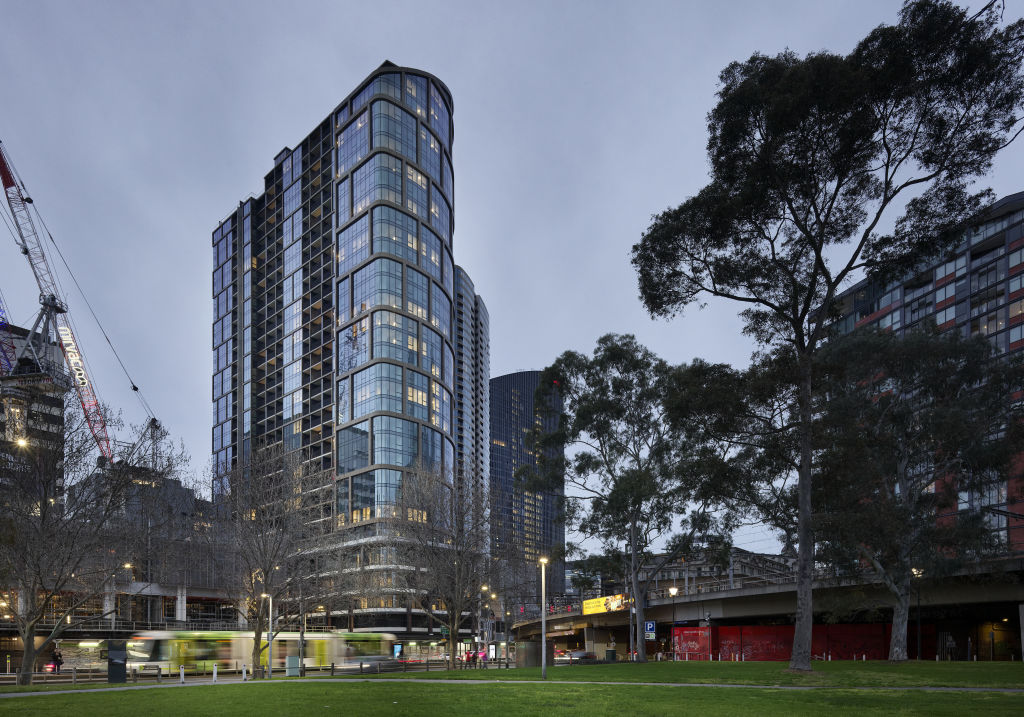
Why you can have a pet – but no car – in build to rent
Gyms, coworking spaces and pet care facilities are more common than car parks for residents in build-to-rent developments, which developers make feasible by reducing costly car parking space, new Oxford Economics Australia research shows.
Build-to-rent developments in NSW, Victoria and Queensland have an average car space-to-unit ratio below 0.5 – one car park for every two units – and the ratio falls to 0.17 for Aqualand’s planned 146 Arthur Street, North Sydney project and 0.18 for Home Southbank at 260 City Road in Melbourne, the report says.

Excavating deep basements to accommodate car parking is one of the most time-consuming and expensive parts of building a residential tower – up to $100,000 per apartment, the report estimates – and excluding them speeds up projects and costs less, improving their feasibility.
“We have found the car parking ratio in 0.5 cars per apartment seems to be meeting the market well, as opposed to one car park per apartment, which tends to be seen in conventional build-to-sell,” said Christian Grahame, the head of Home, which operates 1500 units in Sydney and Melbourne and has a further 1000 under construction.
To make their low-car park building a premium product, build-to-rent developers offer amenities ranging from communal spaces, gyms, pools, coworking spaces and pet facilities – 20 per cent of buildings the report analysed offered amenities such as dog parks.
Current build-to-rent is also larger than for-sale projects, as higher unit counts improve the feasibility of a project. The median number of units in a build-to-rent development nationally is 229, compared with a median figure between 50 and 100 units – depending on the state – for traditional build-to-sell, the report says.

Home won approval in December for a 43-level, 272-unit tower with 84 serviced apartments at 524-542 Pacific Highway at St Leonards on Sydney’s lower north shore.
While this model has dominated the development of Australia’s build-to-rent sector – which Oxford Economics says now has 14,000 completed units and a further 1000 due to come online in the next 18 months – it is going to have to change as the rental housing product range broadens.
“It’s a matter for the buildings being designed to cater for a target market and location,” Mr Grahame said.
“There is a desire for the market to move and evolve to also having an offer that is slightly more mid-market and also more horizontal and in the suburbs.”
Developments in suburban areas benefited from lower land costs and could offer more traditional and cheaper ways to develop car park spaces, he said.
As the sector evolves, it will expand beyond inner-city and city-fringe areas to offer smaller developments – with more parking in areas with fewer public transport connections, as the experience of the UK market, which industry figures say has a five-to-seven-year head start on Australia.
The UK has 126,000 operational build-to-rent homes, comprising apartments, co-living developments and even single-family homes, agency Knight Frank’s Q4 UK build-to-rent report shows.
Investment in the sector in the UK has changed from more than 95 per cent of capital into multifamily homes – or apartments – in 2020 to less than 65 per cent in 2024, the Knight Frank report shows. More than 35 per cent of investment last year went into single-family housing.
“The strong levels of investment into single-family housing have the potential to change the composition of the overall BTR market,” the report says. “While single-family housing accounts for just 11 per cent of all completed BTR homes in the UK, some 22 per cent of the under-construction pipeline is for houses to rent.”
In the US, the largest build-to-rent market, the majority of stock was low-rise housing outside the so-called gateway cities, Mr Grahame said.
So far, the greatest amenity a build-to-rent can offer is location and proximity to good public transport links and employment.
Fund manager Investa’s Indi Sydney, a 234-unit build-to-rent development atop the city’s new Gadigal Sydney Metro rail station on Pitt Street, which opened in November, has no car parks for residents.
The building allows pets but has no specific pet facilities, but Investa’s under-construction 434-unit Indi Southbank project at 132 Kavanagh Street in Melbourne – which has a car park ratio of just 0.16 – will have dog run and wash facilities.

